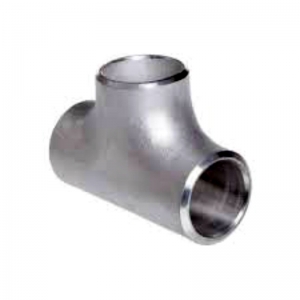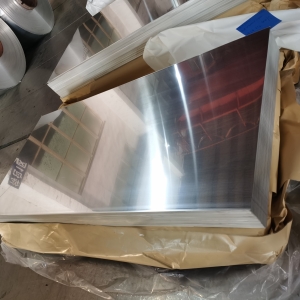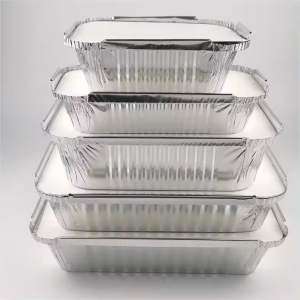Introduction to Aluminum Foil Containers
Aluminum foil containers are ubiquitous in modern life, found in kitchens, restaurants, and food delivery services worldwide. These versatile, lightweight, and durable containers have become indispensable for their ability to preserve food, withstand high temperatures, and offer convenience. But what goes into making these everyday essentials? Let’s dive into the fascinating world of aluminum foil container manufacturing.
The Evolution of Aluminum Foil Containers
The journey of aluminum foil containers began in the early 20th century when aluminum became more accessible and affordable. Initially used for wrapping food, the material’s malleability and heat resistance soon led to the creation of containers. Over the decades, advancements in manufacturing techniques and design have transformed these containers into the sleek, functional products we know today.
Why Aluminum Foil? The Material’s Unique Properties
Aluminum foil is prized for its exceptional properties. It is lightweight yet strong, resistant to moisture and odors, and an excellent conductor of heat. These characteristics make it ideal for cooking, storing, and transporting food. Additionally, aluminum’s non-toxic nature ensures it is safe for direct contact with edibles.
Applications of Aluminum Foil Containers
From takeout meals to frozen dinners, aluminum foil containers serve a myriad of purposes. They are widely used in the foodservice industry, catering, and even home cooking. Their versatility extends to baking, grilling, and reheating, making them a staple in both commercial and domestic settings.
The Manufacturing Process: An Overview
The production of aluminum foil containers is a meticulous process that combines precision engineering and advanced technology. It involves several stages, from raw material selection to final packaging, each critical to ensuring the quality and functionality of the end product.
Step 1: Raw Material Selection
The process begins with the selection of high-quality aluminum. The material must meet strict standards for purity and consistency to ensure the final product’s durability and performance. Recycled aluminum is often used, contributing to sustainability efforts.
Step 2: Melting and Casting
The selected aluminum is melted in large furnaces at extremely high temperatures. Once molten, it is cast into large slabs or ingots. This step is crucial for achieving the desired chemical composition and structural integrity.
Step 3: Rolling and Annealing
The aluminum slabs are then rolled into thin sheets through a series of rolling mills. This process reduces the thickness while increasing the material’s strength. Annealing, a heat treatment process, is applied to enhance flexibility and prevent brittleness.
Step 4: Foil Production
The rolled sheets are further processed to create aluminum foil. This involves passing the sheets through additional rolling mills until they reach the desired thickness, often as thin as 0.006 mm. The result is a smooth, pliable foil ready for shaping.
Step 5: Container Shaping and Molding
The foil is fed into specialized machines that use dies and molds to shape it into containers. These machines can produce a variety of designs, from simple trays to intricate compartmentalized dishes. Precision is key to ensuring uniformity and functionality.
Step 6: Quality Control and Inspection
Every container undergoes rigorous quality control checks. Inspectors examine the products for defects, such as cracks, uneven edges, or improper dimensions. Only containers that meet stringent standards proceed to the next stage.
Step 7: Packaging and Distribution
The finished containers are carefully packaged to prevent damage during transit. They are then distributed to retailers, foodservice providers, and manufacturers worldwide, ready to serve their purpose.
Sustainability in Aluminum Foil Container Manufacturing
Sustainability is a cornerstone of modern aluminum foil container manufacturing. The industry has embraced eco-friendly practices, from sourcing recycled materials to minimizing waste during production. Aluminum’s infinite recyclability makes it a standout choice for environmentally conscious consumers and businesses.
Energy Efficiency in Production
Manufacturers are increasingly adopting energy-efficient technologies to reduce their carbon footprint. Innovations such as regenerative burners in furnaces and optimized rolling processes have significantly lowered energy consumption. These advancements not only benefit the environment but also reduce operational costs.
Recyclability of Aluminum Foil Containers
One of aluminum’s most remarkable qualities is its ability to be recycled indefinitely without losing its properties. Recycling aluminum requires only 5% of the energy needed to produce new aluminum, making it a highly sustainable option. Consumers are encouraged to recycle used containers to support this circular economy.
Innovations in Manufacturing Technology
The industry is constantly evolving, with cutting-edge technologies driving efficiency and creativity. Automated production lines, advanced molding techniques, and AI-powered quality control systems are revolutionizing the way aluminum foil containers are made. These innovations ensure higher precision, faster production, and reduced waste.
Customization and Design Trends
Customization is a growing trend in the aluminum foil container market. Manufacturers now offer a wide range of shapes, sizes, and designs to meet specific customer needs. From compartmentalized trays for meal prep to decorative containers for gourmet dishes, the possibilities are endless. Personalization options, such as branding and embossing, are also gaining popularity.
Challenges in the Industry
Despite its many advantages, the industry faces challenges. Fluctuating raw material costs, stringent environmental regulations, and competition from alternative materials like plastic and paper are ongoing concerns. Manufacturers must continuously innovate and adapt to stay competitive in a dynamic market.
Future of Aluminum Foil Container Manufacturing
The future of aluminum foil container manufacturing is bright, driven by sustainability and technological advancements. As consumer demand for eco-friendly and versatile packaging grows, the industry is poised for further growth. Emerging trends, such as smart packaging and biodegradable coatings, are expected to shape the next generation of aluminum foil containers.
Conclusion: The Enduring Appeal of Aluminum Foil Containers
Aluminum foil containers have stood the test of time, offering unmatched convenience, durability, and versatility. Their role in modern food packaging is undeniable, and their potential for innovation is limitless. As the industry continues to evolve, these humble containers will remain a trusted companion in kitchens and businesses worldwide.










